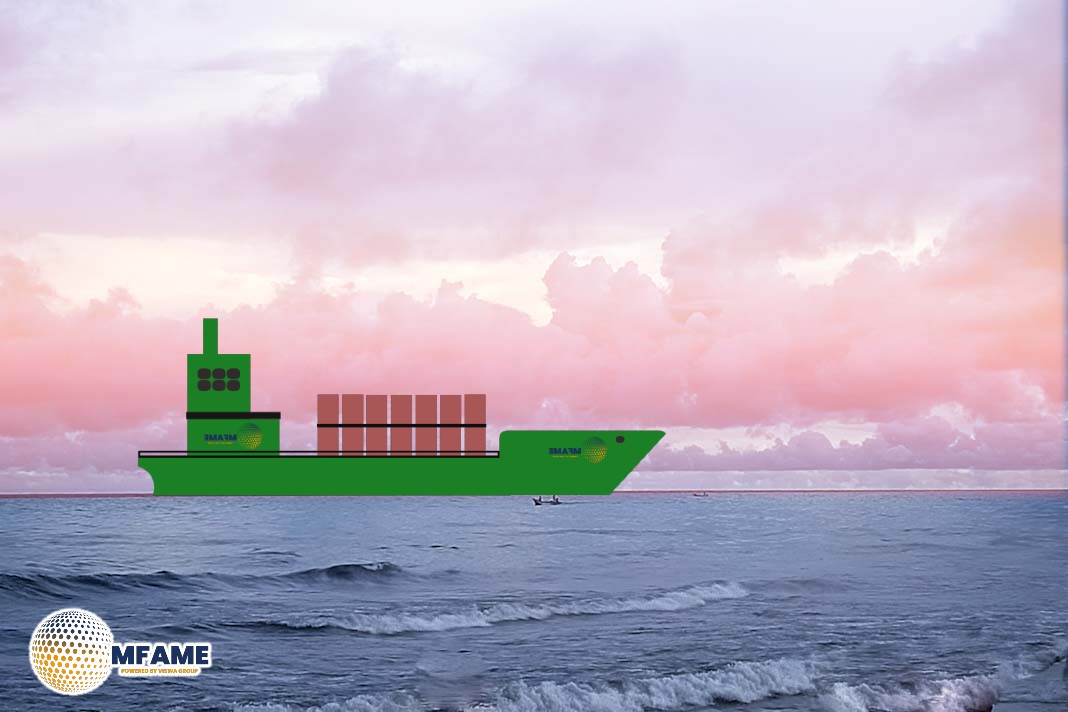
- The Newcastlemax segment remains stable despite a broader decline in the dry bulk market, with key sales maintaining competitive pricing.
- The tanker market experiences fluctuations driven by geopolitical developments, with VLCC pricing showing a strong premium for scrubber-fitted vessels.
- The S&P market sees active transactions across bulkers, tankers, and multipurpose vessels, reflecting shifting asset values and buyer preferences.
The Newcastlemax sector continues to demonstrate resilience, with recent sales maintaining strong valuations. The sale of “HL FRONTIER” (207,945 dwt, built 2010) at approximately $32.5 million compares closely to the “AMBER HORIZON” (207,993 dwt, built 2010) sold for $33 million in November. Despite the overall weakening of the dry bulk sector, this segment benefits from the anticipated expansion of iron ore flows from Simandou, Guinea, and increased capacity from Vale in Brazil. These developments contribute to higher tonne-mile demand as iron ore shipments from the Atlantic basin take significantly longer routes compared to the Australia-China trade. Additionally, the increasing acceptance of larger Newcastlemax vessels at more ports supports the segment’s stability, despite a growing order book and a significant share of the fleet being relatively young.
Downward Trends in Mid-Sized and Handysize Bulk Markets
In contrast, the mid-sized and handysize bulk sectors have witnessed declines in asset values. The “CORA OLDENDORFF” (93,005 dwt, built 2012) was sold for $13.8 million, significantly lower than the “POTINA” (93,271 dwt, built 2011) which sold for $14 million in November, despite the former being scrubber-fitted. A similar trend is evident in the handysize segment, where the “INDIGO MARCH” (38,200 dwt, built 2012) was sold for $13.5 million, a notable drop compared to the “BLUE DRAGON” (38,238 dwt, built 2011), which fetched $15.2 million in October. This reflects broader market struggles, with only limited optimism arising from economic growth and geopolitical developments.
Tanker Market Shaped by Geopolitical Tensions
The tanker market remains influenced by major geopolitical events. The US-led efforts to broker a peace deal between Russia and Ukraine have created market uncertainty, while stricter sanctions against Iran could have a more immediate impact.
VLCC pricing has responded to these developments, with the “GREAT LADY” (308,930 dwt, built 2005) securing $41 million, marking a $10 million premium over the sale of the nearly identical “ROLIN” (308,829 dwt, built 2005) earlier this year, largely due to its later dry-docking schedule. The “PRINCESS ALEXIA” (306,352 dwt, built 2004) also secured a strong valuation of $37 million from Taiwanese buyers, highlighting the continued demand for reputable tonnage in compliant trading.
Meanwhile, the MR tanker sector remains active, with multiple sales ongoing. Notable transactions include the “PS MILANO” (49,999 dwt, built 2018) sold for $37.5 million to a Greek buyer and the “PS SYDNEY” (47,499 dwt, built 2019) expected to close in the low $40 million range with a Vietnamese buyer. While activity levels remain high, values in this segment have not shown significant upward movement.
S&P Market Trends and Asset Valuations
The sale and purchase (S&P) market remains dynamic across bulkers, tankers, and multipurpose vessels. Key sales reflect buyer preferences for scrubber-fitted vessels and tonnage with longer operational viability.
In the bulk segment, notable transactions include the “THALASSINI AVRA” (180,643 dwt, built 2011) sold in the low $29 million range, and the “PACIFIC INFINITY” (56,104 dwt, built 2012) fetching $16.9 million. Among tankers, the “SEA LUCK III” (105,869 dwt, built 2003) changed hands for $25 million, while the “EASTERLY SIRIUS” (36,677 dwt, built 2010) secured $16.5 million.
The newbuilding market also remains active, with Sonangol placing an order for two 158,000 dwt Suezmax tankers at HD Hyundai Heavy for delivery between 2027–2028, valued at $95 million each.
Recycling Market and Regional Pricing Trends
Recycling prices have remained relatively stable across major shipbreaking locations. In Bangladesh, India, and Pakistan, bulk carrier scrap values range between $440–$455 per LDT, while tanker and container vessels command slightly higher prices, reaching up to $480 per LDT. In Turkey, the market remains subdued, with recycling prices hovering between $290–$320 per LDT, reflecting the broader global trends in shipbreaking.
Despite the overall downturn in the dry bulk sector, the Newcastlemax segment remains resilient due to structural market strengths. The tanker market is responding to geopolitical events, with VLCC pricing showing a premium for desirable tonnage. The S&P market continues to see strong activity, with shifting asset valuations influenced by vessel specifications, dry-docking schedules, and global trade conditions. While uncertainty remains in some sectors, market fundamentals indicate areas of stability and potential growth opportunities.
Did you subscribe to our daily Newsletter?
It’s Free Click here to Subscribe!
Source: Gibson























